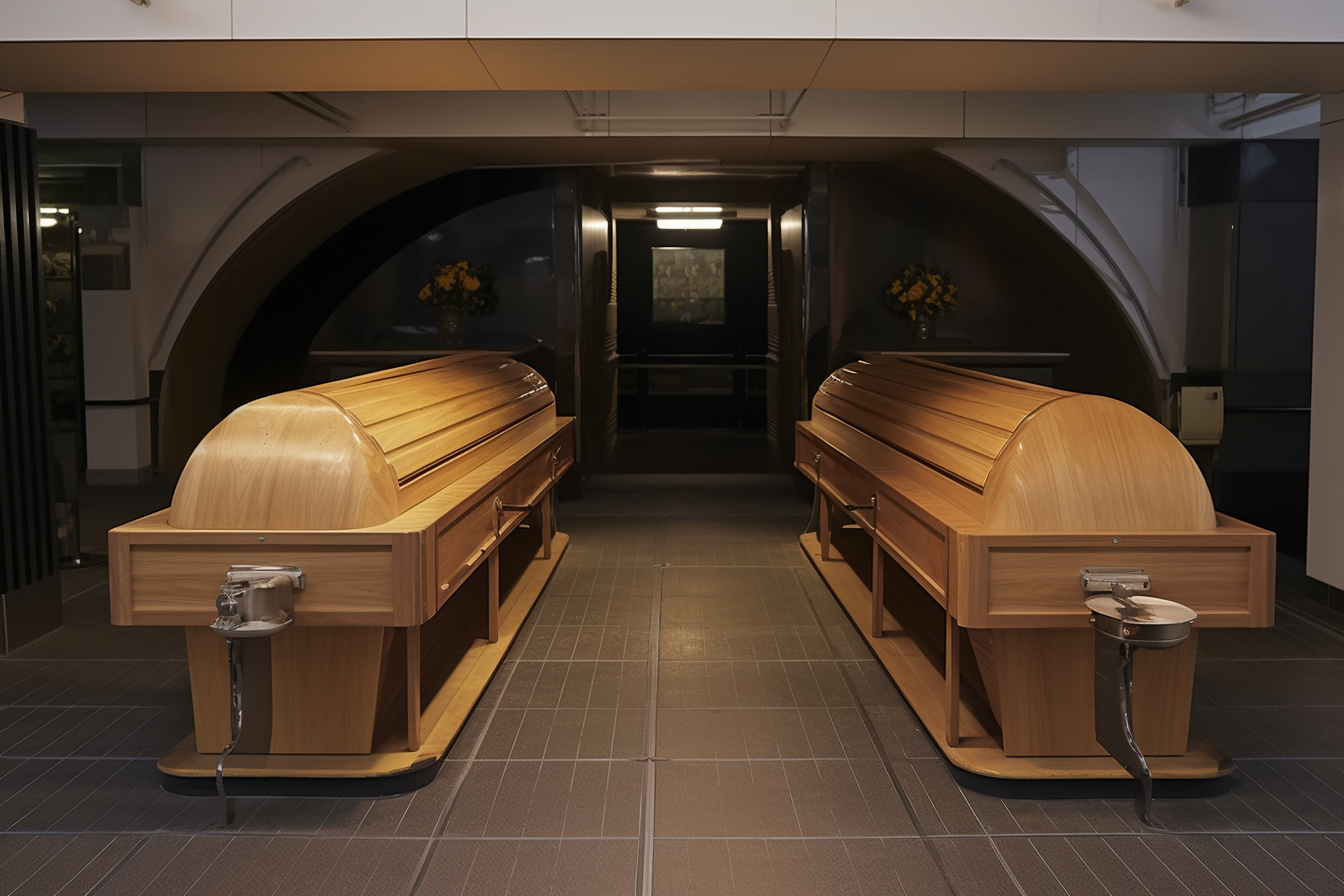2025 UK Cremation Process Overview: Identification, Authorization, and Ashes Handling Clarified
Modern UK cremation combines legal safeguards and identification technologies to protect dignity. This guide explains step‑by‑step procedures — from confirming identity and obtaining legal authorization to handling and returning ashes — to clarify the process for families and loved ones in 2025.

In the United Kingdom, cremation continues to be a prevalent choice for individuals and families planning final farewells. The process is governed by stringent regulations and protocols designed to ensure respect for the deceased, accuracy in identification, and transparency for the bereaved. Navigating the various stages, from the initial administrative requirements to the eventual disposition of ashes, involves several key steps that prioritize care and compliance within local services and crematoria across the nation.
Preparation and Chain-of-Custody Monitoring in UK Crematoria
Before a cremation can proceed, a meticulous preparation phase is undertaken. This includes ensuring all necessary paperwork is in order, such as the Medical Certificate of Cause of Death and the Application for Cremation Form. Upon arrival at the crematorium, the deceased is carefully received and recorded, initiating a rigorous chain-of-custody monitoring process. This system ensures that the identity of the deceased is maintained throughout every step, from the moment they enter the facility until the ashes are released. Each stage of transit and storage is documented, often involving unique identification numbers and physical tagging, to prevent any errors and provide a clear audit trail for families and authorities.
Identification and Authorization Procedures Prior to Cremation
Robust identification and authorization procedures are paramount before any cremation takes place in the UK. Two independent doctors must complete specific forms (Cremation Forms 4 and 5) to confirm the cause of death and ensure there are no circumstances requiring further investigation. The family or executor must also complete an application for cremation (Form 1), formally requesting the service. Before the cremation itself, a final visual check of identification is typically performed by a crematorium official against the paperwork. This multi-layered verification process is designed to eliminate any doubt regarding the identity of the deceased and to confirm that all legal requirements for cremation have been met, providing peace of mind to all involved parties.
Understanding the Cremation Procedure Itself
The cremation procedure is a solemn and highly controlled process. It involves placing the deceased, usually within their coffin, into a cremation chamber. The chamber is pre-heated to a high temperature, facilitating the natural process of reduction. Modern crematoria in the UK operate under strict environmental regulations, employing advanced filtration systems to minimize emissions. The process typically takes between one to three hours, depending on various factors, including the individual’s size and the type of coffin. Throughout this stage, the crematorium staff monitor the process carefully, ensuring efficiency and adherence to all operational guidelines. Each cremation is carried out individually, and systems are in place to ensure the integrity of the process.
Respectful Handling and Return of Ashes
Following the cremation, the remains, often referred to as ‘cremated remains’ or ‘ashes,’ are carefully collected. These consist primarily of bone fragments, which are then processed into a finer, consistent texture suitable for return to the family. UK crematoria prioritize the respectful handling of these remains, ensuring they are placed in a suitable urn or container. Families have various options for the final disposition of ashes, including scattering in a garden of remembrance, burying in a grave, keeping them at home, or scattering them in a meaningful location. The crematorium will provide guidance on these choices and arrange for the collection or delivery of the ashes, ensuring they are returned to the authorized individual.
Enhanced Identification Technologies in UK Crematoria
In an ongoing effort to enhance accuracy and transparency, many UK crematoria are adopting enhanced identification technologies. These advancements build upon existing rigorous procedures to offer even greater assurance. Examples include the use of unique metallic identification discs that accompany the deceased throughout the entire process, from reception to the collection of ashes, ensuring a verifiable link. Some facilities are also exploring digital tracking systems that integrate with administrative records, providing real-time monitoring of each stage. These technologies complement human oversight, adding an additional layer of security and precision to the chain-of-custody, further reinforcing public trust in the cremation process and the local services that provide it.
The cremation process in the UK is a meticulously managed journey, designed with dignity, respect, and accuracy at its core. From the initial stages of identification and authorization, through the cremation itself, to the sensitive handling and return of ashes, every step is governed by clear regulations and compassionate practice. Understanding these procedures can offer solace and clarity to families during a challenging period, highlighting the commitment of UK crematoria to providing a professional and empathetic service.




